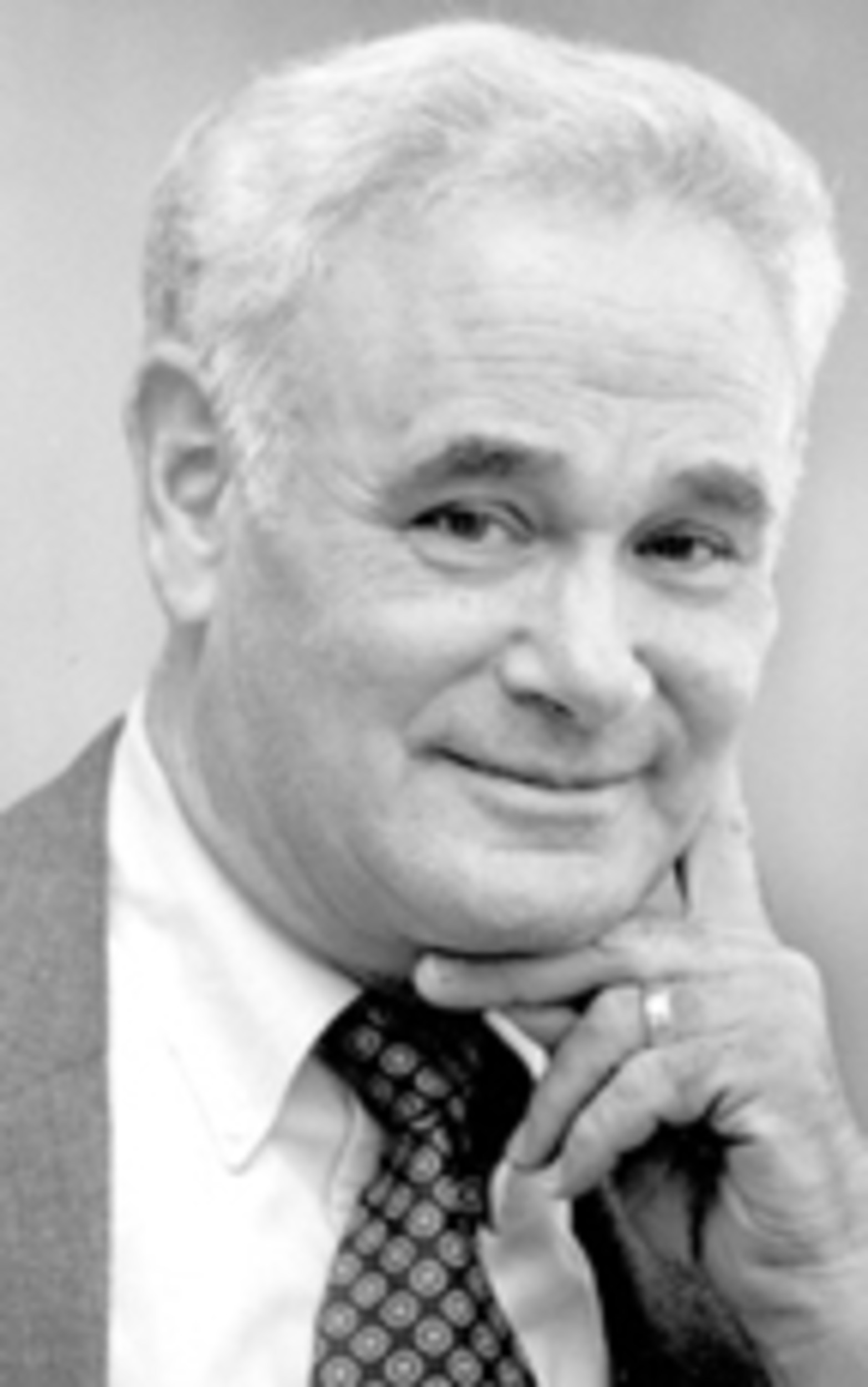The trauma of COVID gives way to new worries
On Sunday, April 5, 2020, I made my first entry into what I have come to call my “Covid diary.”
Four days later, on Thursday, April 9, I found myself writing about “social distancing,” which is actually physical distancing – 6 feet of separation from every other human being, except for the people with whom you are dwelling. This means no physical contact – not a hug, not even a handshake with your friends, with your children, or, especially, with your grandchildren. All of us were living with the very real fear of contamination.
The previous night, my family learned a new answer to “Why is this night different from all other nights?” Along with many of our fellow Jews throughout the world, we experienced our very first Zoom seder: my wife, Sandy, and I participated from our condo on the East Side of Providence; my daughter, Karen, my son-in-law and three of our five grandchildren joined from their home in Cambridge, Massachusetts; my son, David, his wife and their two children Zoomed in from Natick, Massachusetts. Three homes in our mishpachah, physically distant from one another, but brought together by Zooming the ritual of our abbreviated seder.
After reflecting on our somewhat disorienting but, at the same time, unifying seder, I went on to make mention in my diary of “two very important op-ed pieces in recent issues of ‘The New York Times’ – one by Charles Blow and the other by Samantha Power. Both emphasize that social distancing is far more a privilege than a burden.
“Blow points out how many working class Americans – grocers, truck drivers, mail carriers, people whose lives depend upon touching – AND, OF COURSE, ALL THOSE MEDICAL WORKERS WHO NEED TO SCROUNGE FOR PPE (Personal Protective Equipment) – risk their lives while we who self-isolate face the privilege of feeling ‘cabined, cribbed, confined’ (Macbeth) ….
“Powers expands this view to encompass the whole world, where three billion people find it impossible to wash their hands at home. So much for proper sanitary protocol .…”
Wednesday, April 29, 2020. A bit more than three weeks into my COVID diary, I write: “Weary, weary …. The Covid virus still consumes our consciousness and, for the increasing number of the unlucky, our bodies. As of today, more than 3,000,000 men, women, and children the world over are known to be Covid infected, more than 225,000 deaths.
“Just ten days ago, an early draft of my column for Jewish Rhode Island used the numbers 2,000,000 infections, 125,000 deaths. Exponential growth in numbers, exponential growth in fear, anxiety. Growing sense that we will never return to ‘normal’….”
On Sunday, May 24, 2020, at almost 11 p.m., I wrote: “These weeks of social distancing and masks. Stage 1 is the beginning of a slow, very slow return to some pale reflection of normality. Tomorrow is Memorial Day, with all crowds still verboten. Maintain physical separation – in most cases, six feet. If all goes well, Governor Gina Raimondo will usher in Stage 2 (or Phase 2) a week from tomorrow, on June 1; and it will be “legal” to have my fleece of hair sheared ….
“One of the few blessings of the curse of coronavirus is our weekly Sunday Zoom hour with Alan and Rena [close friends in Scarsdale, New York]. Though we cannot hug or even shake hands, we can talk to each other and see each other, if only on a screen; but we have been seeing each other once a week, as opposed to once a season!”
My latest entry in what I still call my “Covid diary,” as of this writing, was this past Jan. 16, 2024 – about 45 months and precisely 138 pages since my first entry.
I wonder as I wander through these pages of my memory if I am still living in the world of COVID, or in a post-COVID world, or somewhere in the nebulous in-between.
My elderly contemporaries are still coming down with the virus, sometimes for a second time. This past September, my oldest granddaughter caught COVID from her roommate during her first week as a freshman at Wellesley College, and in mid-December, her younger brother came down with the virus. Later that same month, her younger sister caught COVID, and in early January, my son-in-law caught the disease.
Fortunately, given that most of these three generations of my family have had all their vaccines and subsequent boosters, and given the “miracle” of Paxlovid, none of them required hospitalization.
Neither my wife, Sandy, nor I have had COVID as of yet. We still err on the side of precaution, as we well should given that infection rates are once again on the rise in the Northeast. We continue to wear masks in most public places, although we do not wear them or keep our physical distance in the presence of family and friends. Moreover, we have recently resumed eating in some restaurants, although we continue to avoid those that we know to be crowded.
As COVID has morphed from pandemic to endemic, we have begun to make our guarded peace with it – it is no longer our primary concern. We have become preoccupied with the crises in the Middle East and in Ukraine, and, as we move toward our presidential election in November, we must face the mounting threat to democracy here in America.
We have so much to worry about that the spotlight is no longer on COVID.
With apologies to T.S. Eliot, winner of the 1948 Nobel Prize in Literature:
This is the way that Covid ends
This is the way that Covid ends
This is the way that Covid ends
Not with a bang but a whimper.
JAMES B. ROSENBERG is a rabbi emeritus at Temple Habonim, in Barrington. Contact him at rabbiemeritus@templehabonim.org.








